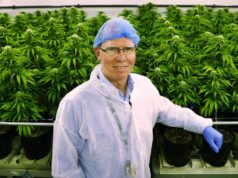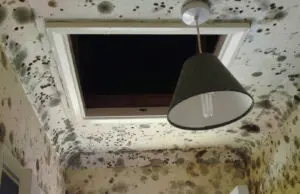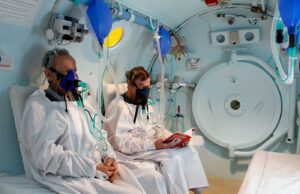
Until now, the heating, ventilation, and air-conditioning (HVAC) systems in non-medical buildings haven’t played a significant role in the transmission of infectious diseases. But as we learn more about SARS-CoV-2, the novel coronavirus that causes COVID-19, we can start to make certain assumptions about how the disease spreads and what we can do to stop it.
We can also draw information from the genetically similar severe acute respiratory syndrome (SARS) outbreak in 2003 and to the transmission of other viruses, though there is nothing else quite the same as SARS-CoV-2.
To stop the advance of COVID-19, we need to know how it is spread.
How COVID-19 Spreads
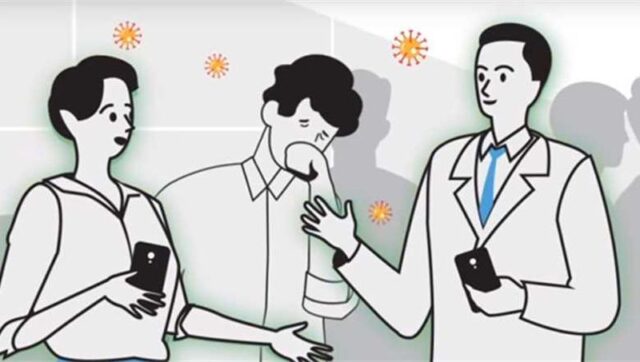
It is now widely accepted that the virus spreads via droplets of saliva from the mouth or liquid discharge from the nose that sprays into the air when an infected person sneezes or breathes.
Even talking, shouting, or breathing can cause the release of these droplets or particles. While droplets generally fall onto nearby surfaces or the ground within about three feet or a meter, particles spread further because their action is more like that of aerosol gases that tend to travel through the air for longer distances.
If infected particles or droplets fall onto another person or they fall on surfaces that people touch, the virus can be easily spread by what is known as droplet transmission, from the hands to the mucous membranes in the mouth, nose, or eyes. There is also evidence that the droplets and particles can be entrapped or re-entrained into the air if disturbed on the surface, which is why it’s so important to constantly sanitize surfaces.
Research into the spread of the SARS virus in 2003 indicates that the primary manner in which it was spread was airborne. Furthermore, it infected people over relatively long distances. One study, Viral load distribution in SARS outbreak by C.M. Chu and various other researchers, published in Emerging Infectious Diseases in 2005, showed how a dried-out floor drain, a toilet exhaust fan, and winds disseminated droplets, resulting in a dramatic outbreak in a high-rise apartment in China. This form of disbursement was accepted by researchers as being the most likely explanation for the disease spreading between buildings.
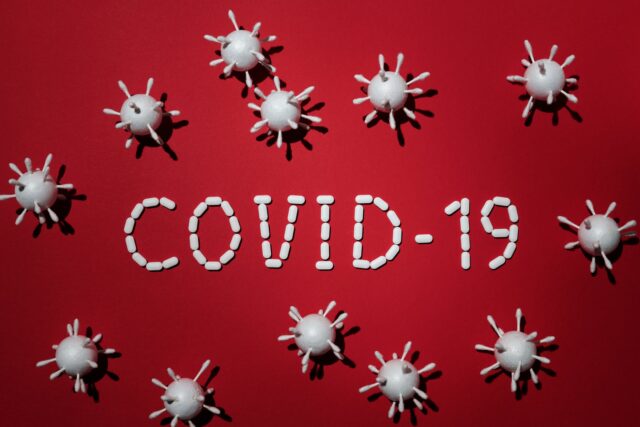
Research undertaken in Wuhan hospitals during the outbreak of COVID-19 in China in early 2024 found evidence of aerosol spread (via liquid discharge as mentioned above). There is also evidence, published in the New England Journal of Medicine in March 2024, that some strains of SARS remain suspended in the air and infectious for as long as three hours.
However, Lawrence J. Schoen the chair of the American Society of Heating, Refrigerating and Air-Conditioning Engineers (ASHRAE) committee that wrote the most recent version of ASHRAE’s document that states the Society’s position on airborne infectious diseases published in February 2024, personally believes there are other mechanisms of spreading the virus that are more significant. Specifically:
- Direct contact between people
- Indirect contact via inanimate objects and surfaces
- Between the hands and mucous membranes as described above
- Between people who are in close proximity with each other
How to Stop COVID-19 from Spreading
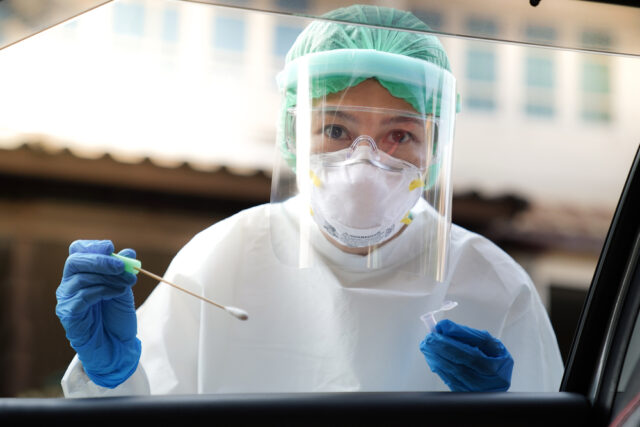
Even though ASHRAE officially supports controlling the transmission of airborne infectious diseases, including COVID-19, through HVAC systems, Schoen advocates social distancing, surface disinfection and cleaning, washing of hands, and good basic hygiene above all else.
In an article published in the May 2024 ASHRAE Journal titled Guidance for Building Operations During the COVID-19 Pandemic, he states that because it takes days or often weeks for symptoms of the infection to present, people should all behave as if they are infected.
Simply, the fewer people who come into contact with others, the lower the chance the disease will have to spread.
Additionally, says Schoen, whose article does not necessarily represent official ASHRAE guidance, there are a number of non-HVAC as well as HVAC-related steps that should be taken.
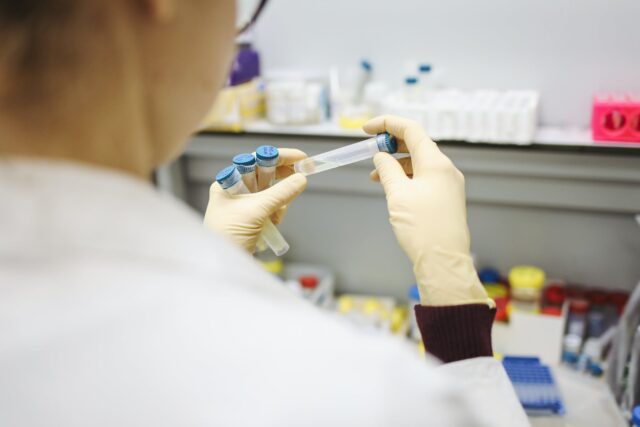
Non-HVAC steps include:
- Increased disinfection and sanitization of all surfaces.
- Installation of dispensers that are suitable for hand sanitization.
- Supervision if not the complete shutdown of food preparation and food-warming areas including coffee stations.
- Shutdown of water fountains, or at very least the posting of warning signs. He prefers the idea of bottle-filling stations and/or encouragement of employees to supply their own water.
- Actions that relate to HVAC systems include:
- Increasing outdoor ventilation, presuming the air is not polluted.
- Disabling ventilation that is demand-controlled.
- Opening minimum outdoor air dampers as much as 100% to eliminate the recirculation of air. While this is simple when the weather is mild, it is a challenge in extreme conditions.
- Improving central air filtration filters to MERV-13 or higher.
Increasing the running hours of HVAC systems to as much as 24/7 if feasible. - Utilization of portable room air cleaners fitted with HEPA filters.
- Utilization of ultraviolet germicidal irradiation (UVGI) to complement high-efficiency filters.
While it is no single sector’s responsibility to fathom the factors responsible for spreading this deadly disease, or how to overcome them, there is no doubt that engineers have a vital role to play, particularly HVAC engineers and firms like New York Engineers that offer mechanical engineering services that can improve air quality.
At the same time, as Schoen points out, every single one of us has a vital role to play in controlling this deadly disease. In reality, while risks (like hazards on construction sites) can be reduced, they can never be eliminated entirely.

While construction sites have unique challenges, construction is usually carried out in the open where social distancing is reasonably simple to achieve. Also, workers are issued with personal protective equipment (PPE) including masks and gloves, though in some areas N95 mask-like respirators are in very short supply and construction firms in some parts of the US have been donating these to medical facilities.
When engineers do field observations, special inspections, or commissioning, right now, rather than going to site, he urges them to consider the possibilities of postponing the work, performing the job remotely, or using photographic documentation to make decisions. Sometimes it’s possible, other times it’s not. Either way, stay safe.



